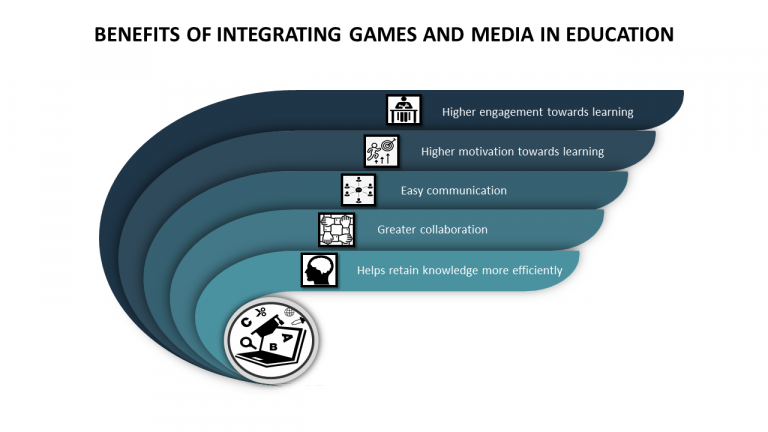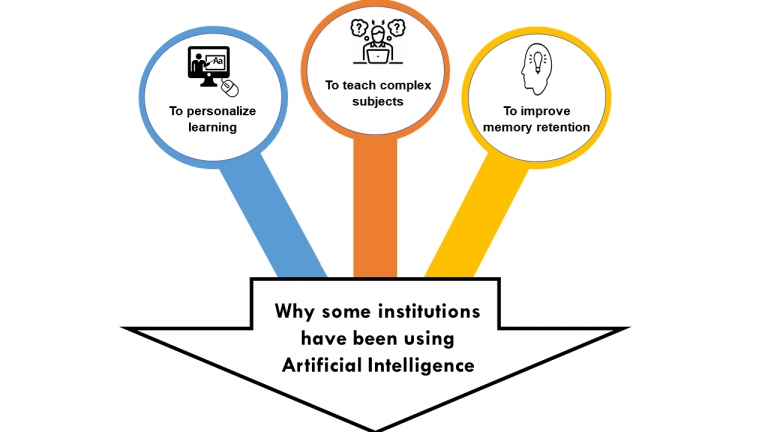How EdTech is transforming school education after covid 19
The Covid-19 pandemic has created numerous tensions in the education sector as the schools in our country were in need to undergo a rapid shift to digitized education. Continuing education amidst the crisis was difficult. Digitizing education revealed some inequalities, especially regarding experiences and resources available with schools and students.
However, during those tough times, advanced digital learning tools and communication platforms helped the schools tackle their problems and open, innovative ways to teach and learn. Ongoing digital transformations created new opportunities & challenges for the users.
The response of educational institutes to the pandemic has shown us how technology can help in teaching and learning. Even before the pandemic, education was undergoing a digital transformation, which is expected to continue further. Millions of students in India have been learning with the help of new collaborative digital tools. Such tools & resources will be a better aid in simplifying the learning process.
As the restrictions ease and schools start to reopen in most regions, it’s a good time to look at the likely future of education. Let’s explore how modern education technology can help transform education, even after the pandemic ends completely.
Reshaping skills and the learning process
Technology has changed many aspects of learning. Innovations like real-time data and student behaviour analysis have helped transform the roles and relationships between teachers, students and parents. We have solutions in place that help develop students’ skills, especially 21st-century skills like critical thinking, collaboration, and creativity, which are essential to succeed in life and at work. Teachers can collect real-time data on their student progress to quickly devise new opportunities to support each student. For the parents, ed-tech has opened routes for feeling connected with their children and getting involved in their education more efficiently.
Education & entertainment

Integration of games & media has shown higher engagement and motivation towards learning among the children. The use of interactive media also helps in easy communication and collaboration. Educational games/gamification of course elements and interactive media incorporates problem-solving, levels & points, moving images & graphics, audio, digital text, animation etc. In the present digital era, it is obvious that media is a part of the teaching & learning process. They cannot be separated from one another. By designing media-based course elements, educators can help students retain knowledge more efficiently.
Education beyond classrooms
Unlike conventional school education, modern learning methods are not confined to the classroom. Whether it’s inside the classroom or outside, students are empowered to learn and collaborate flexibly at their own pace. With the introduction of ed-tech, a school is no longer bound to the conventional classroom teaching where a single teacher has the burden to manage numerous students of a class. The data-based technologies have helped the educators to create flexible learning spaces for the students, which will spread across their homes, classrooms and communities.
A greater rise in online/virtual/hybrid education
The pandemic has become a catalyst for educational institutes to adopt virtual education. During the crisis, standard educational online learning tools such as Google Classroom, Google Meet and Zoom helped the school to continue education. These innovative solutions and similar ed-tech tools have proven to improve the learning process better. With the help of such tools, the school community has truly embraced the anywhere- anytime learning concept. Even after the pandemic, traditional classroom learning will be complemented with new learning modalities, which could become a consequential trend to future education.
AR, VR and AI

Artificial intelligence, augmented reality & virtual reality are indispensable innovations that bring life to education. VR creates a simulation that helps a person interact with an artificial 3D environment. On the other hand, AR superimposes digital elements into a person’s surroundings. Some institutions have been using artificial intelligence to personalize learning, teach complex subjects and improve memory retention. AI-based chatbots can act as a teacher’s virtual assistant by providing instant updates and important information to the students and parents. Latest innovations such as online proctoring tools, biometric devices, facial recognition technology are also emerging as new tech-based solutions that address various security, safety and identity concerns at schools.
Personalized education, Social and emotional well-being
Technology has made it possible for educators to offer personalized learning, where each and every student can enjoy focused individual attention from their tutors. Teachers have access to real-time data to track the progress and performance of individual students. In this way, a tutor can understand the problems faced by each student and create a prosperous path for their future. Technology has also provided the ability to observe the details of students at a much deeper level for understanding the needs of the students. It helps the instructors stay focused on the factors that affect students’ social and emotional well-being. They will be able to create a learning space where the students feel safe, inspired and learn even without the intervention from their tutors.
Final thoughts:
Smartphones and digital devices have brought a significant change in the life of students during the pandemic. The flexibility and affordability of smartphone-based education technology provide an extraordinary learning experience and highly useful upgrades in the virtual learning environment.
The COVID-19 experience of rapid digitalization of education has revealed the need to consider the dependence on education technology in the future. It has created opportunities to start integrating education procedures with the latest technology & implementing new pedagogical strategies for school education.
The key to adopting these changes is to prepare the school community for digitized education. As the world enters a new phase of online education, the lessons learned during the pandemic will prepare the school to tackle future shocks and explore the full potential of ed-tech

